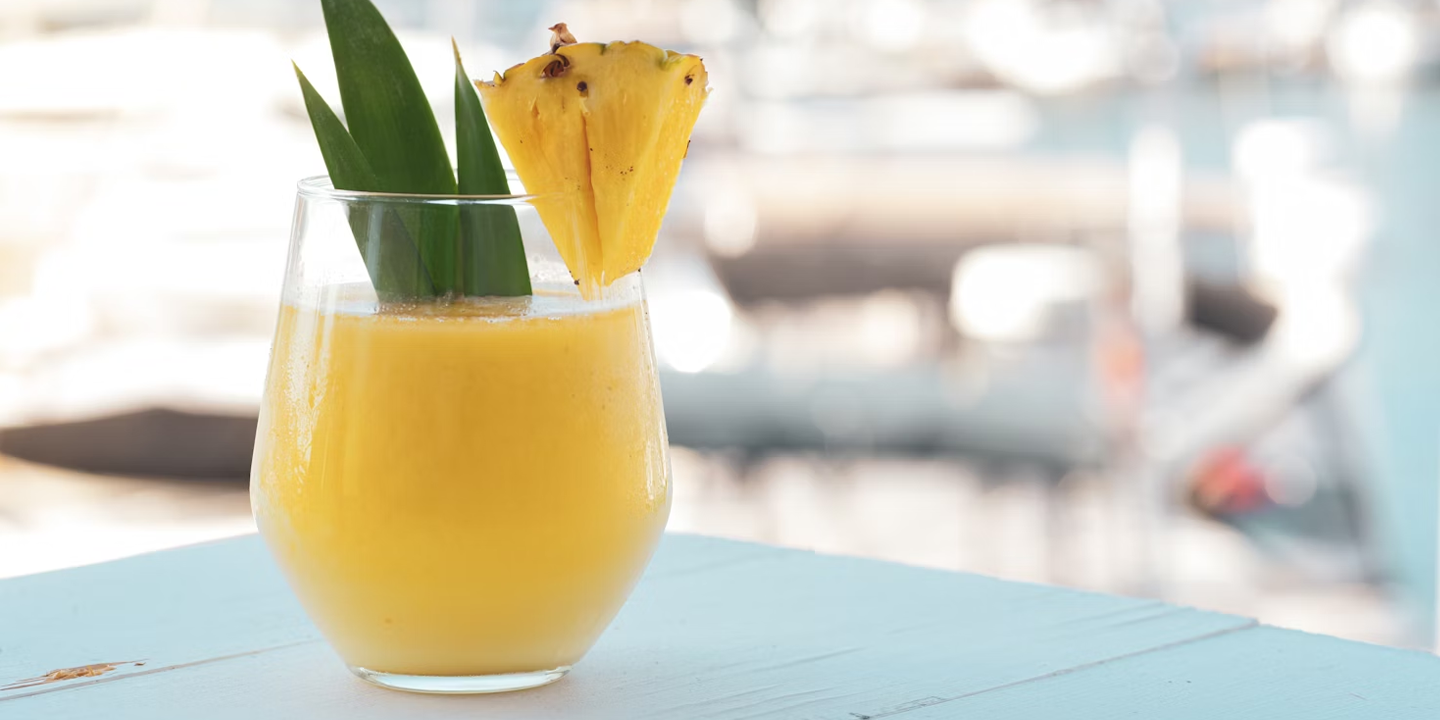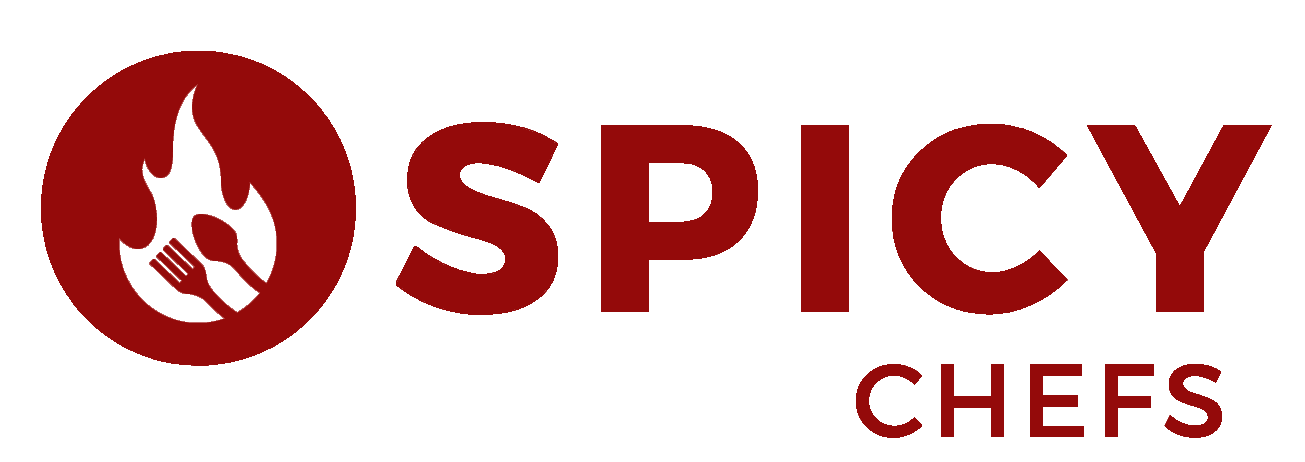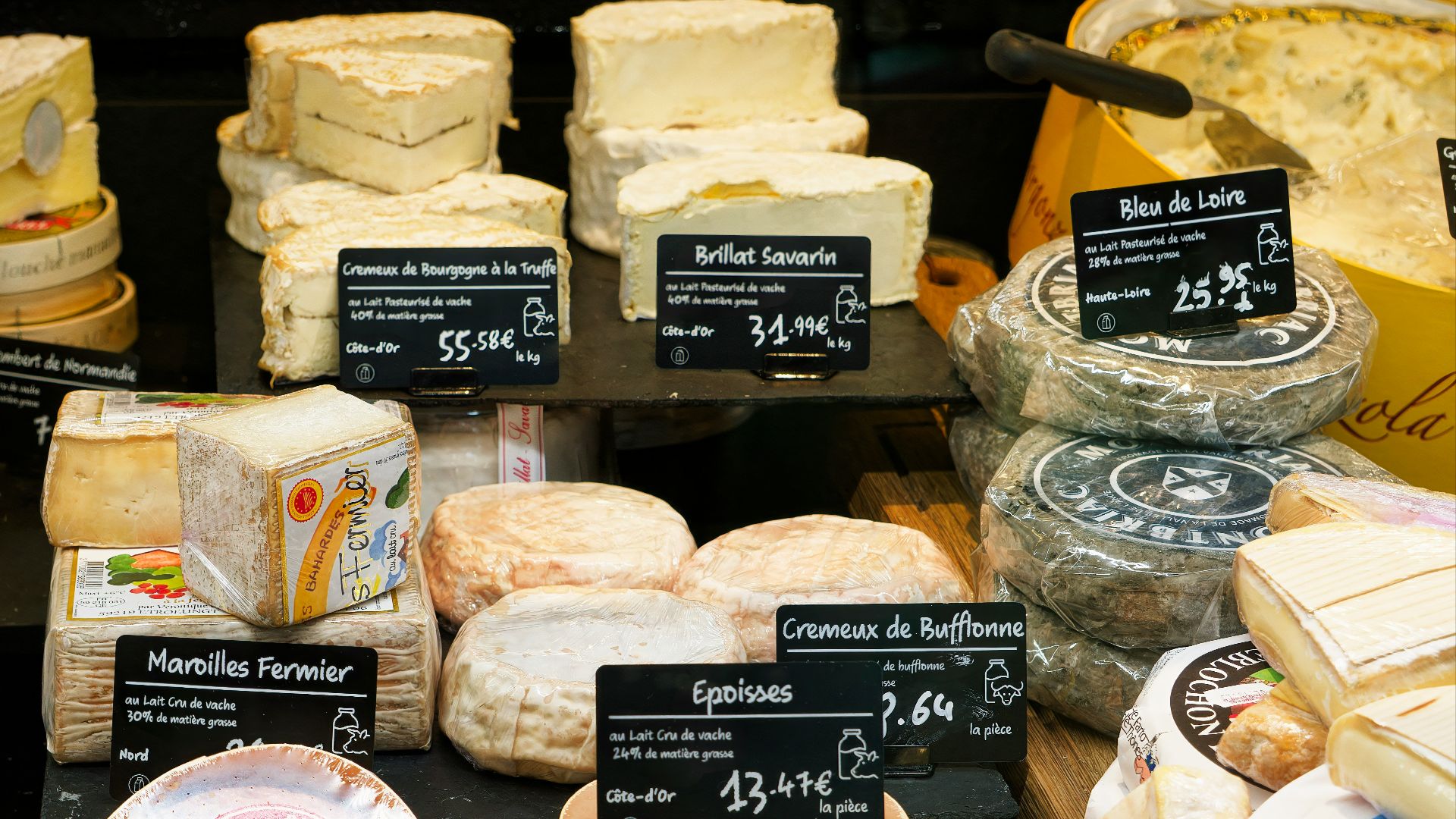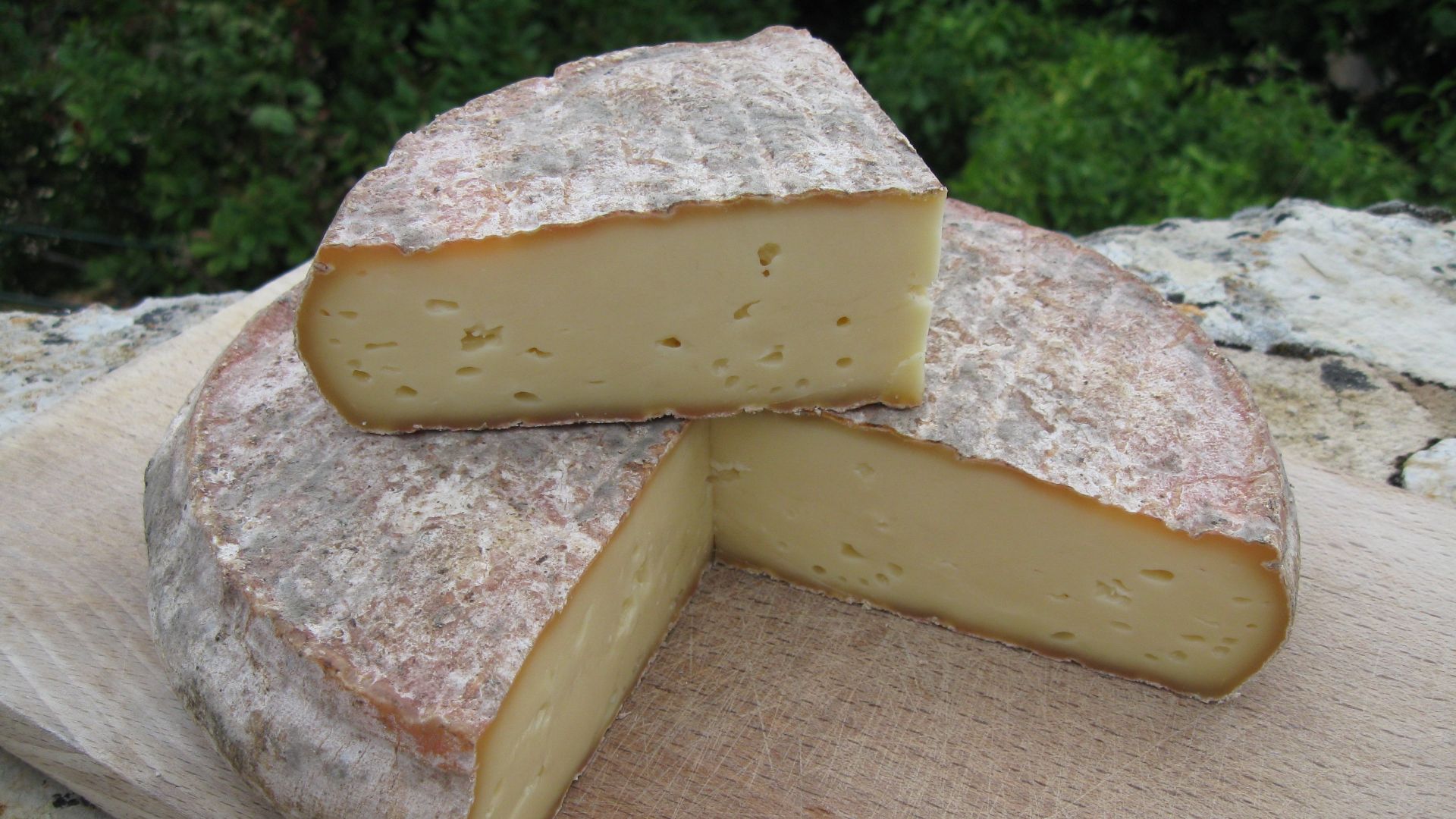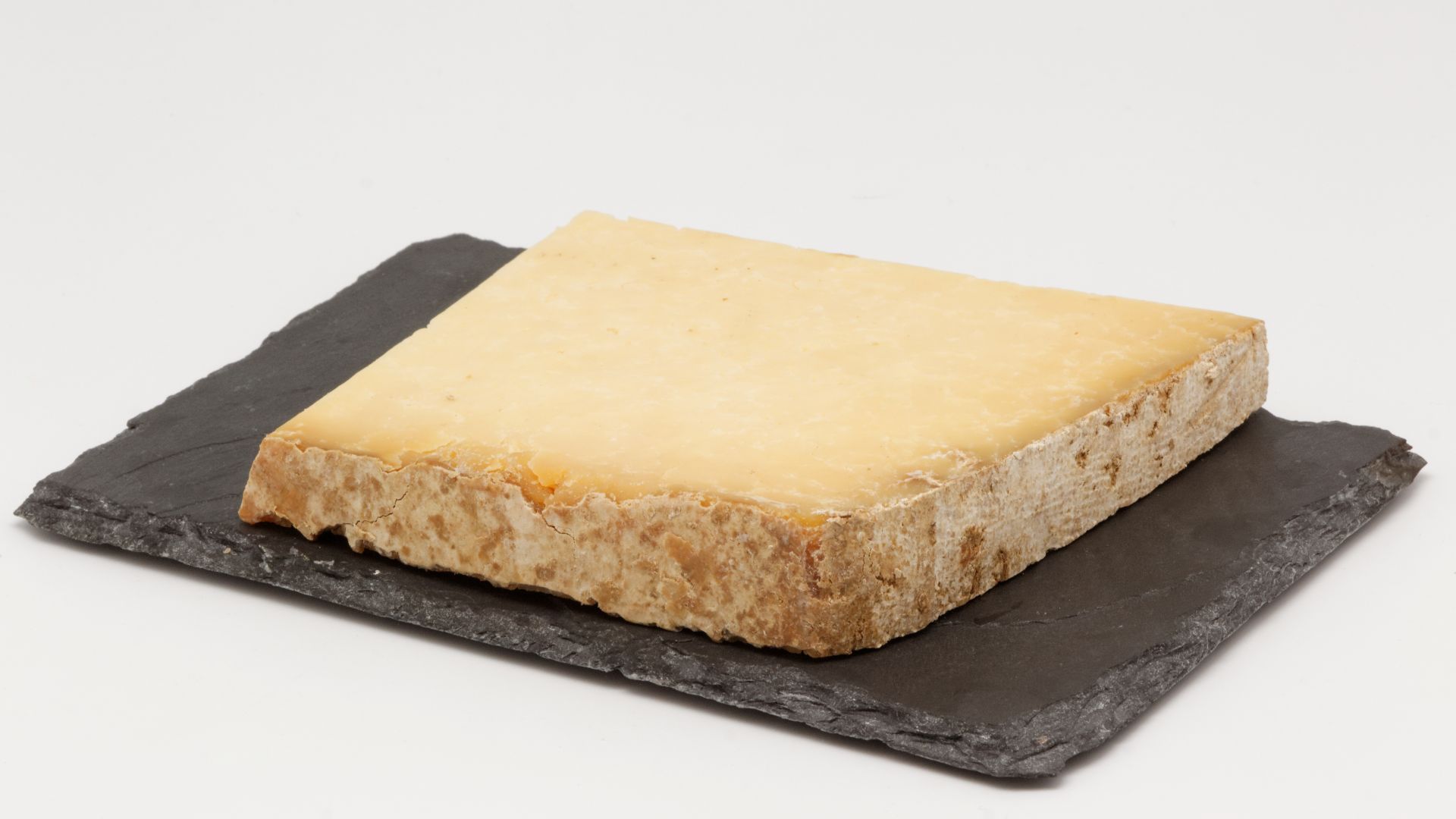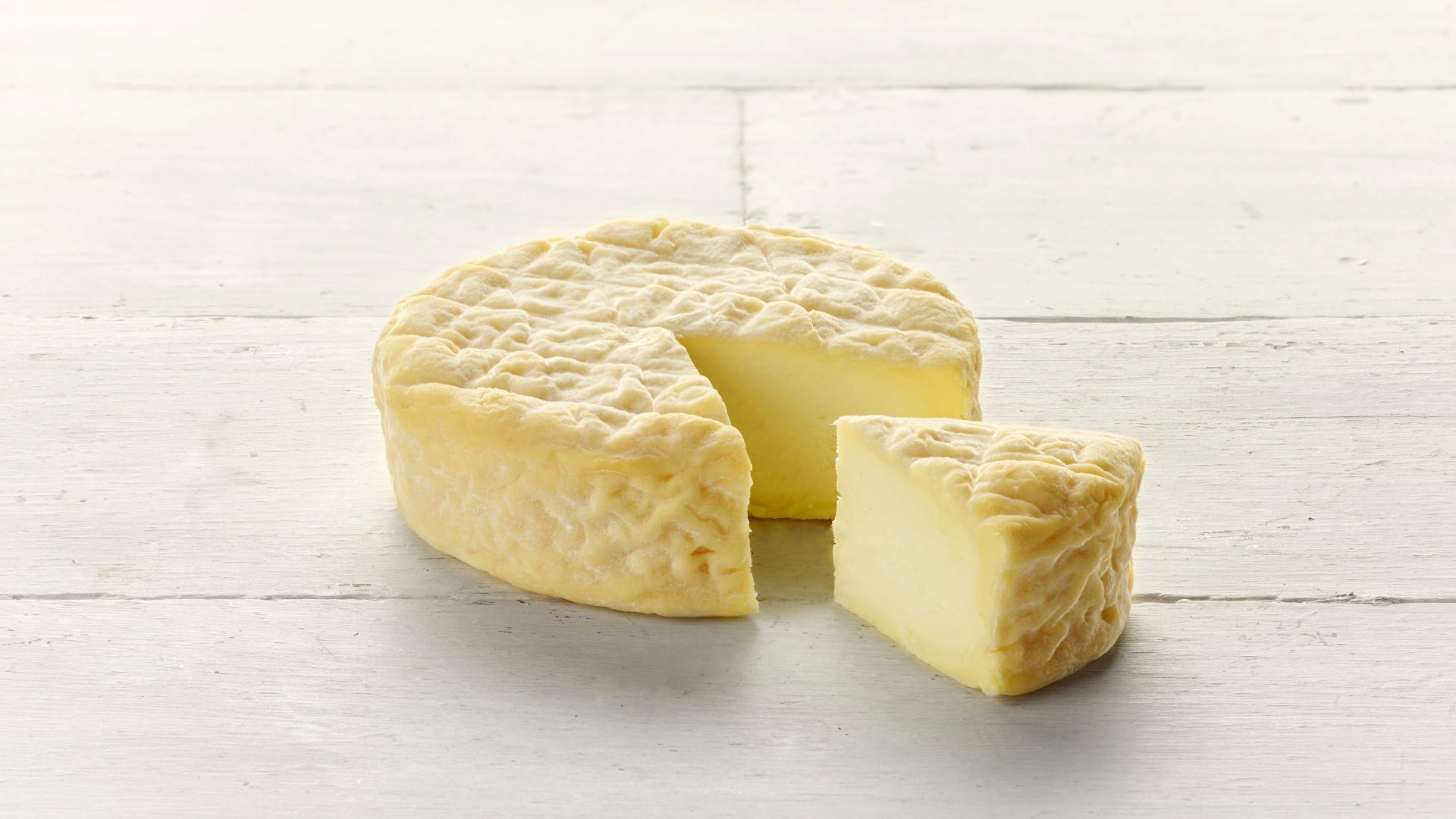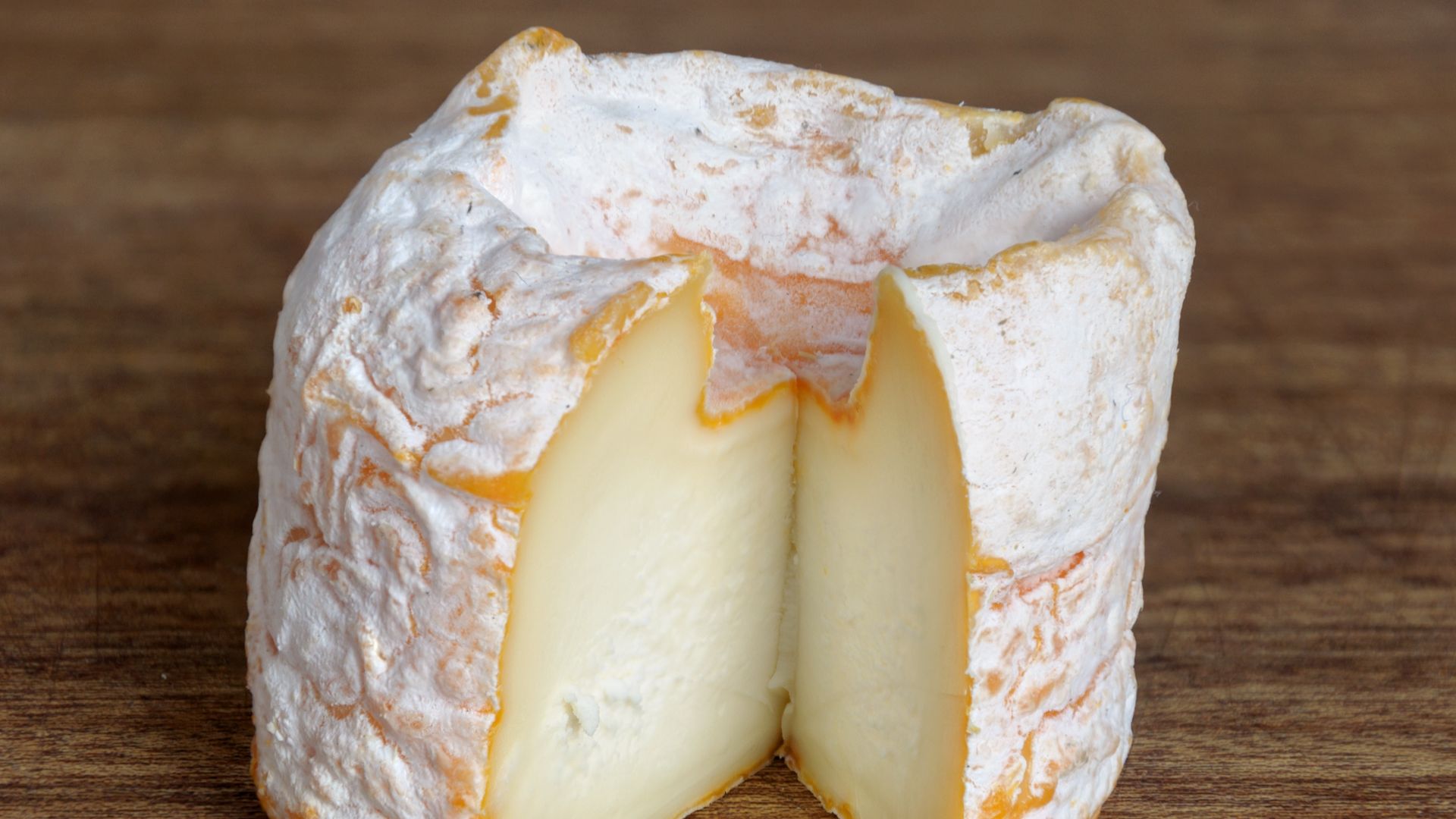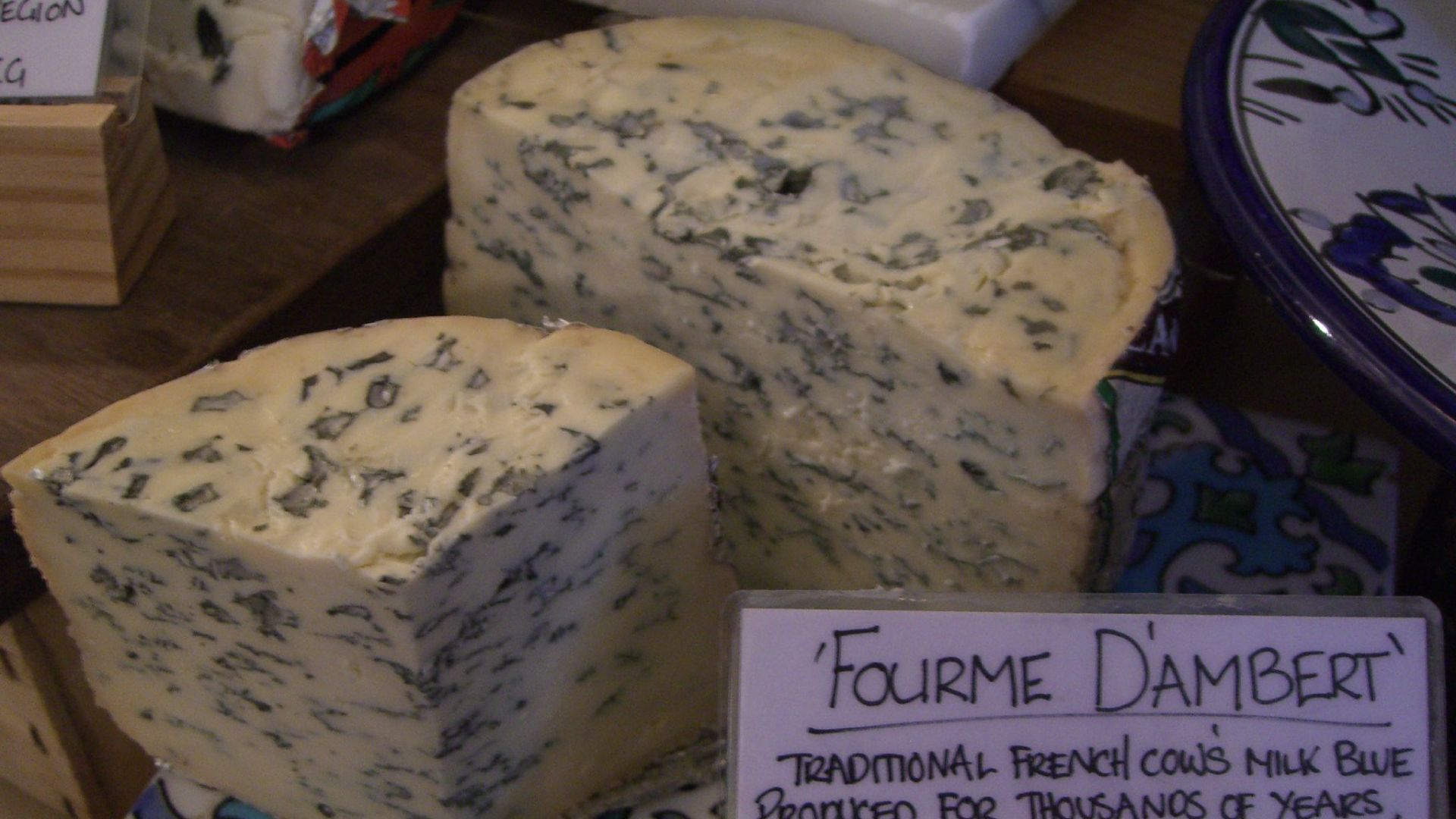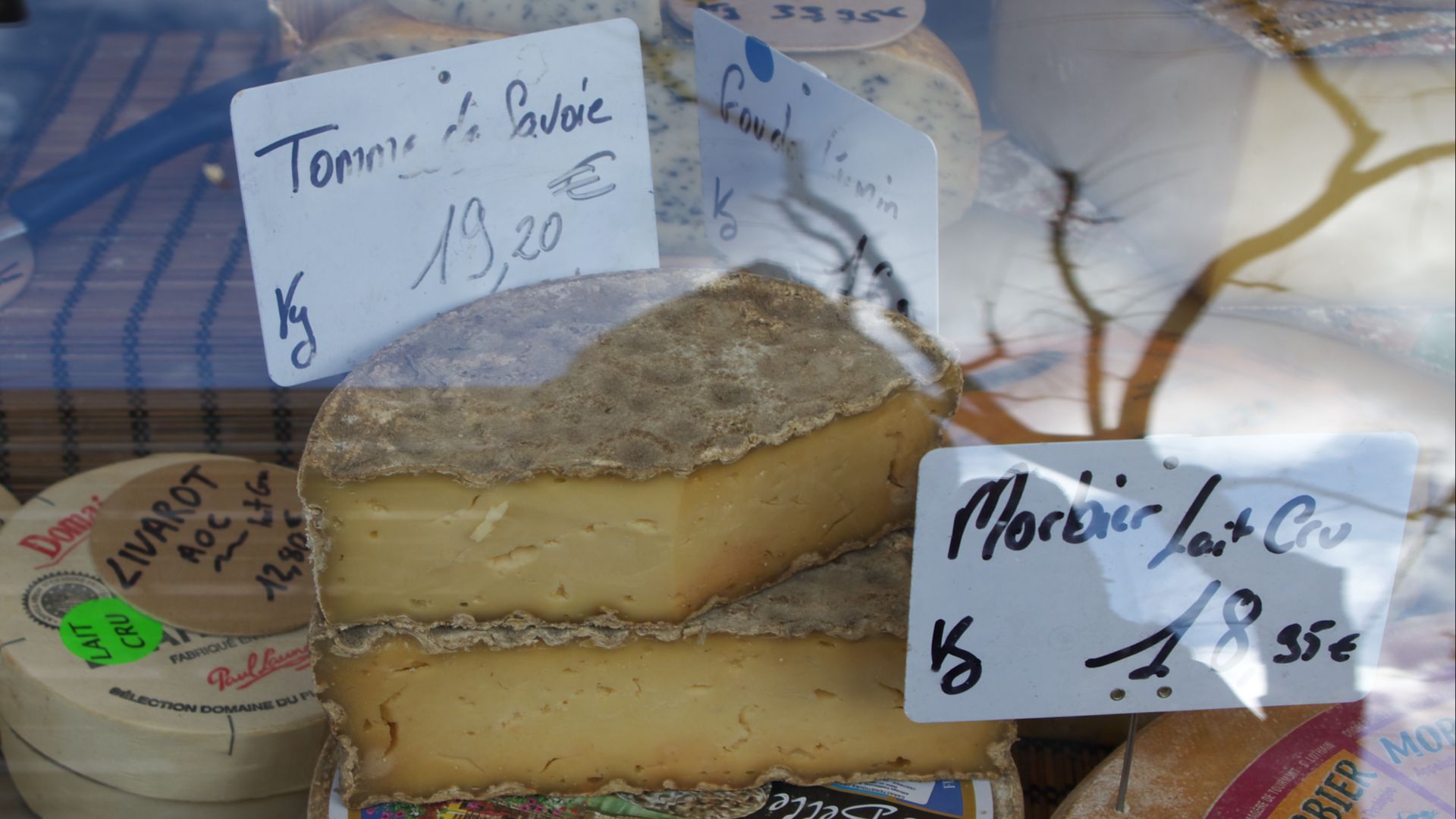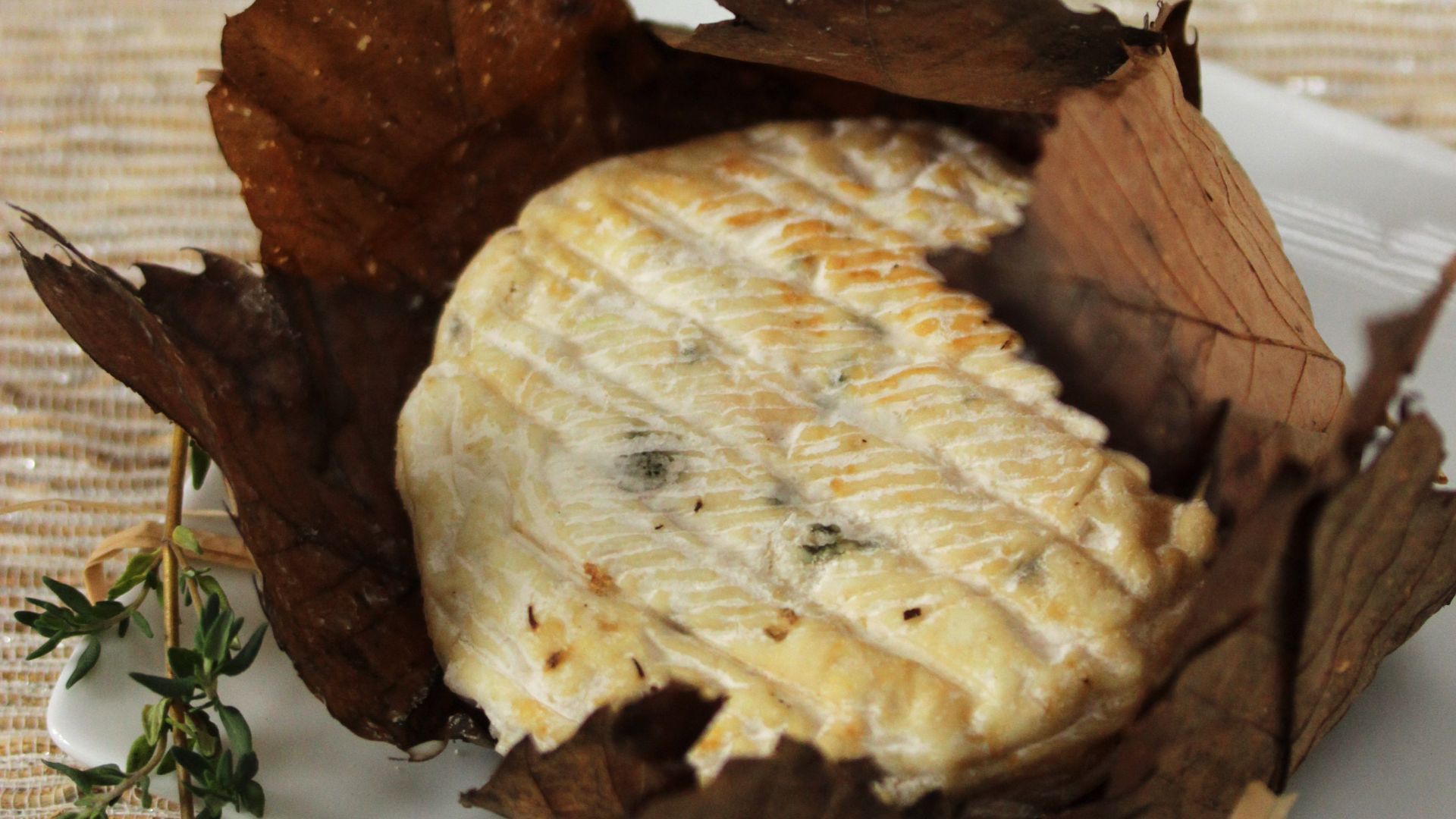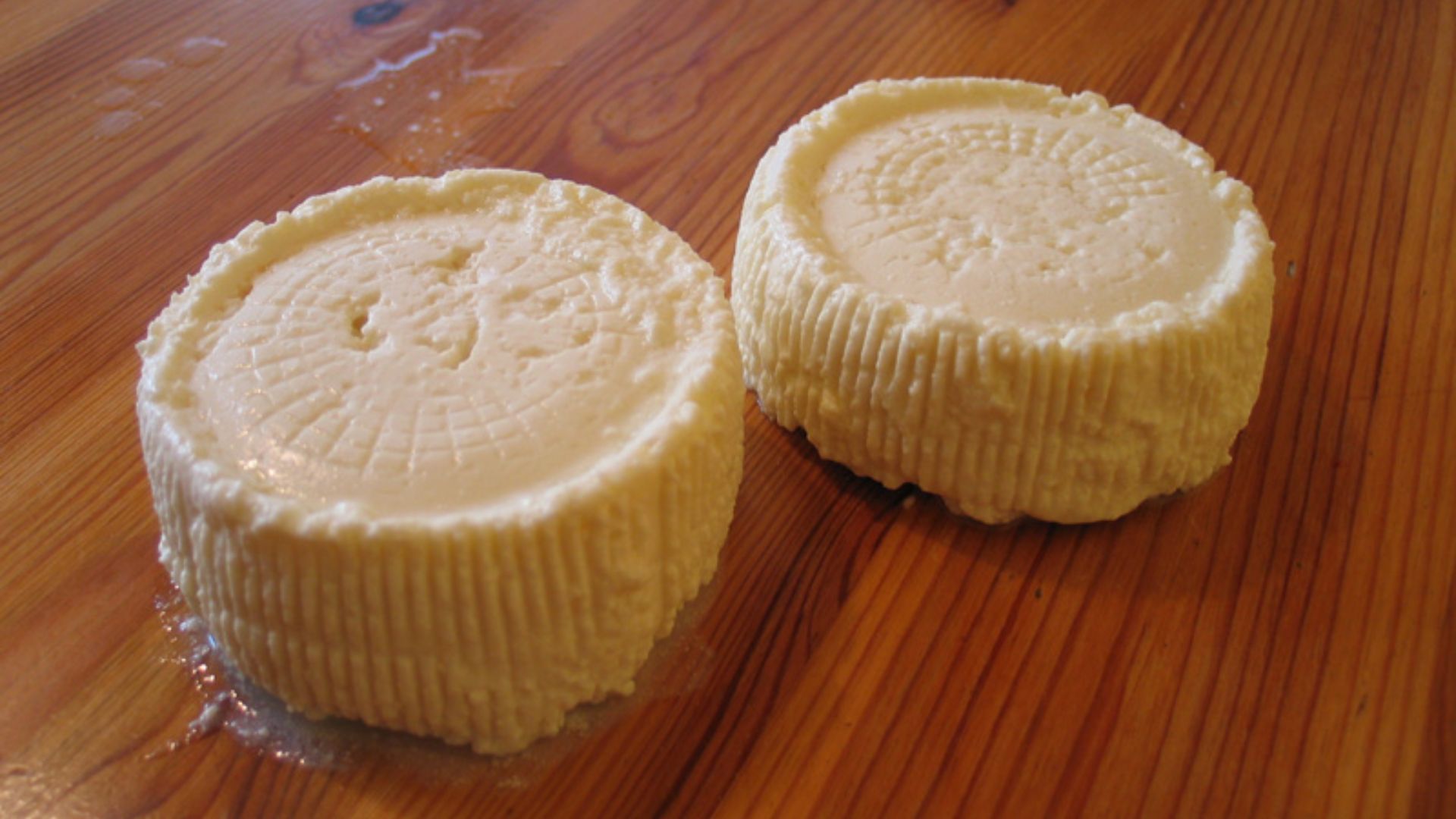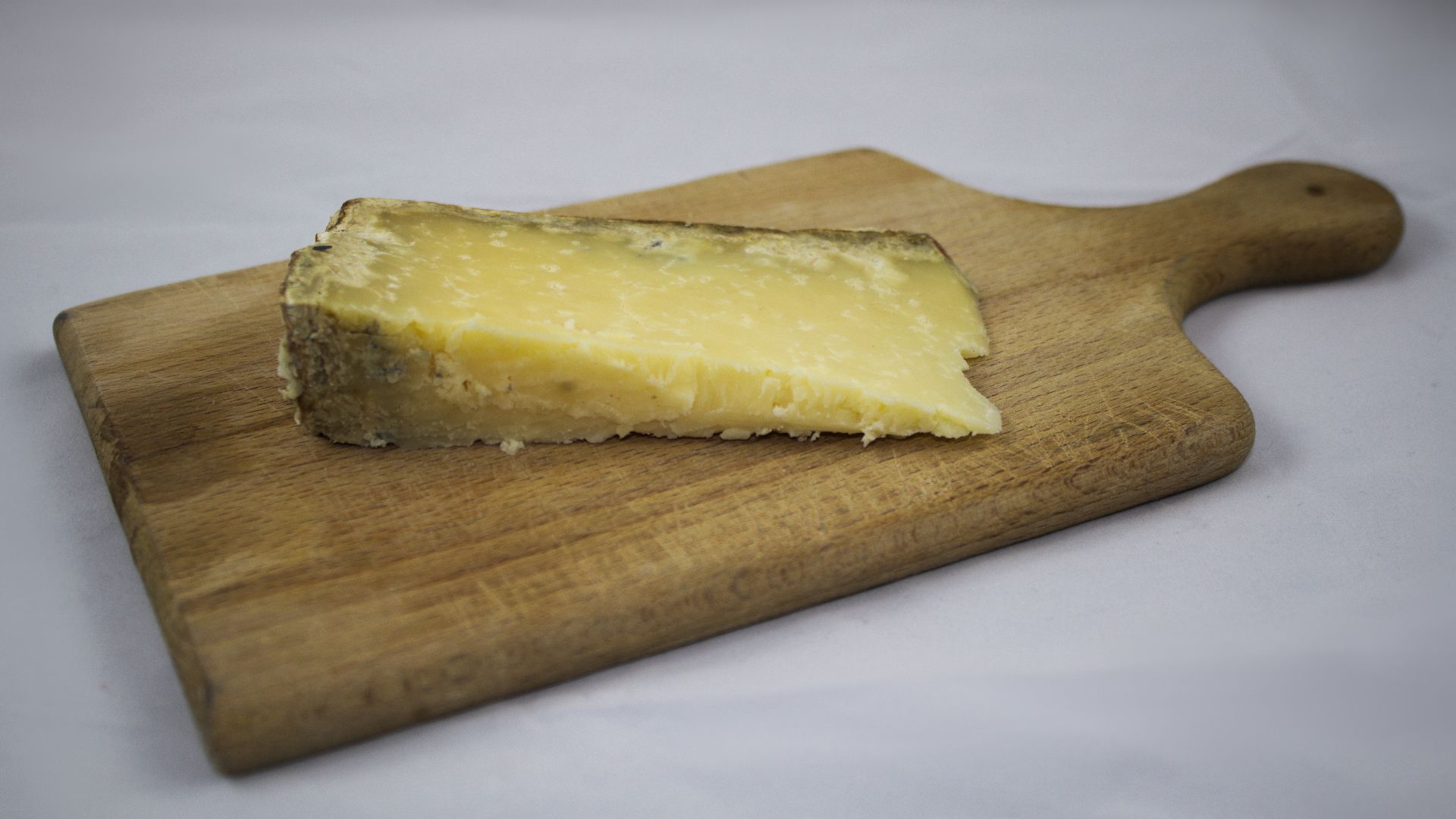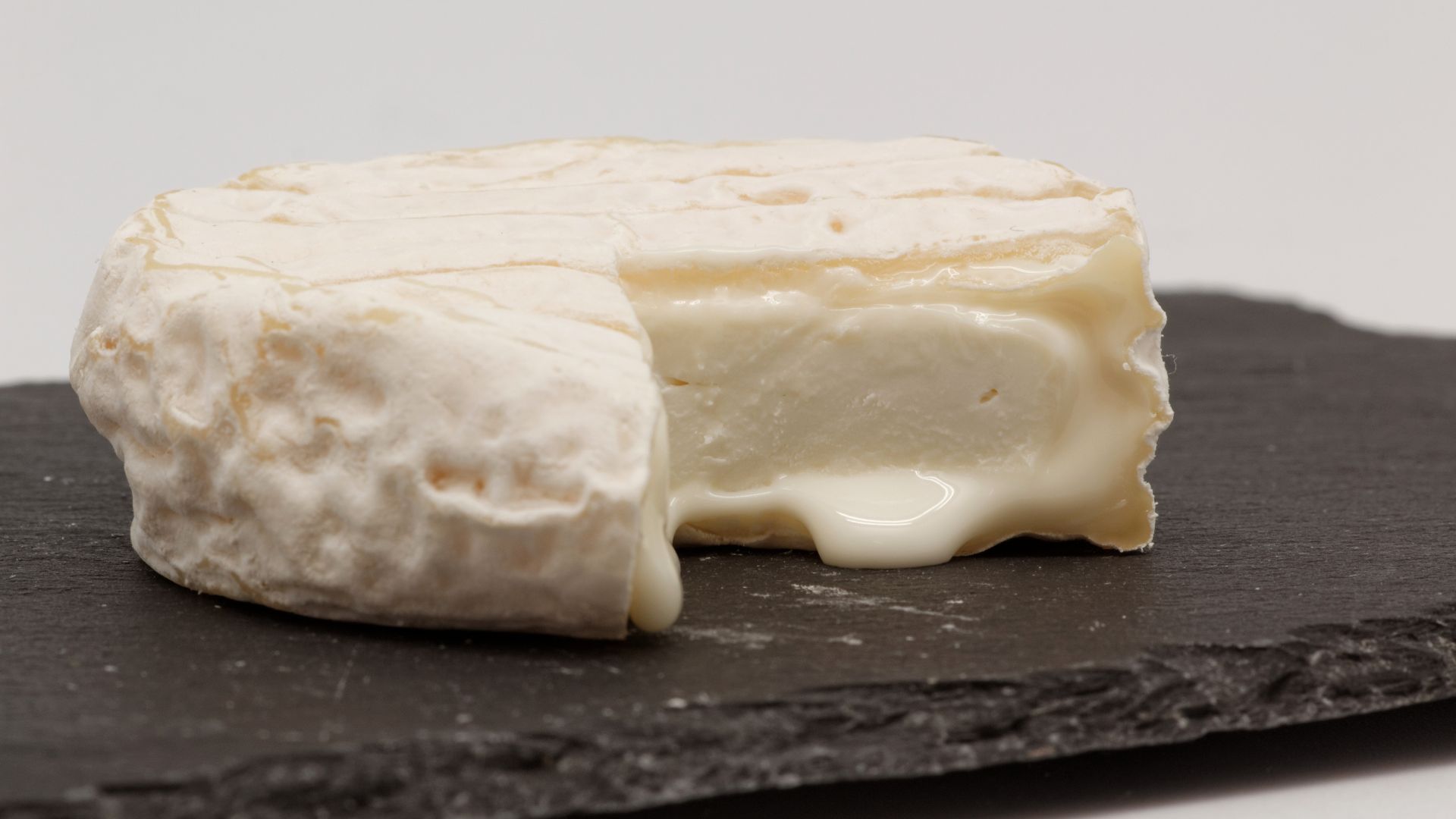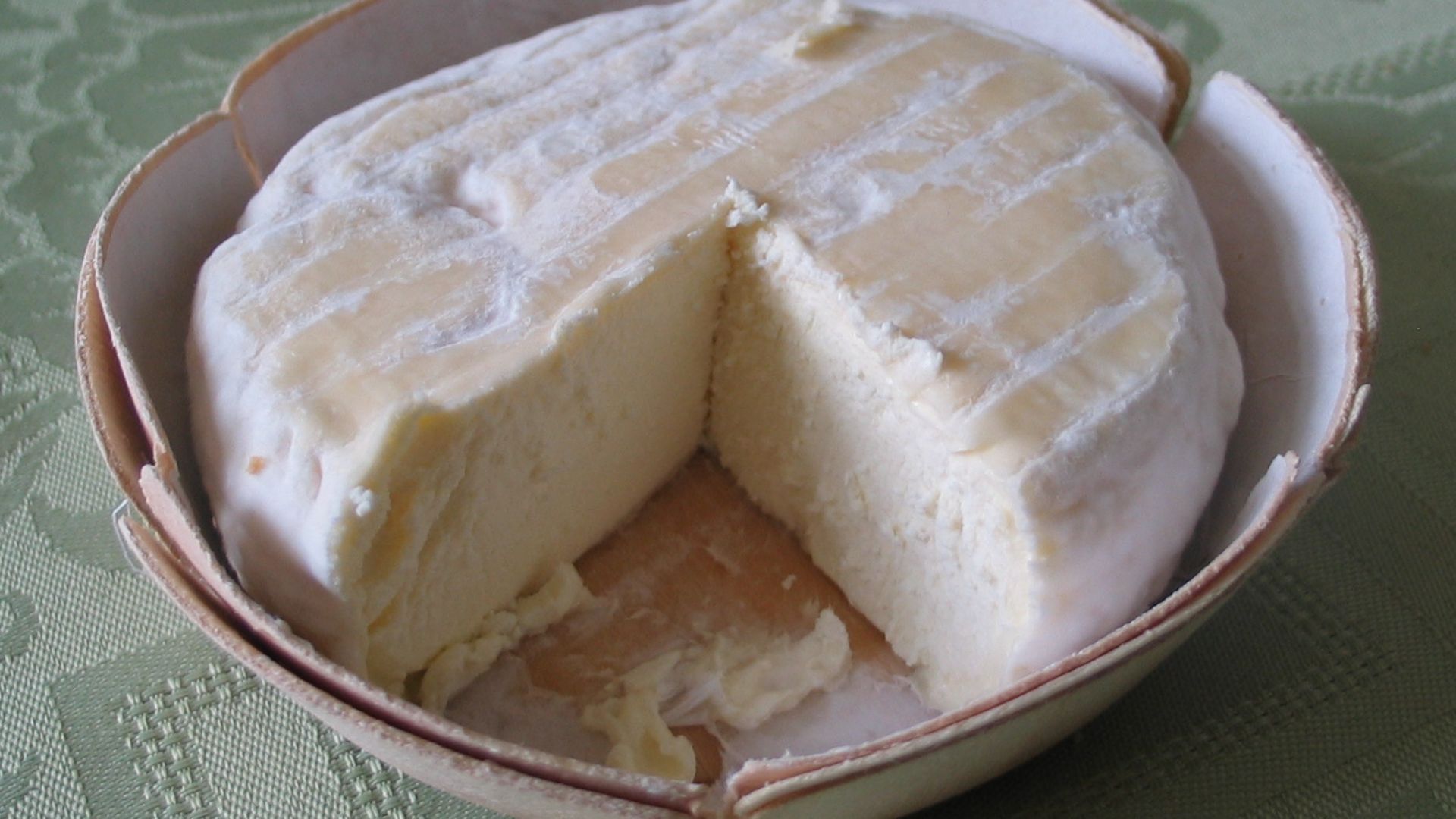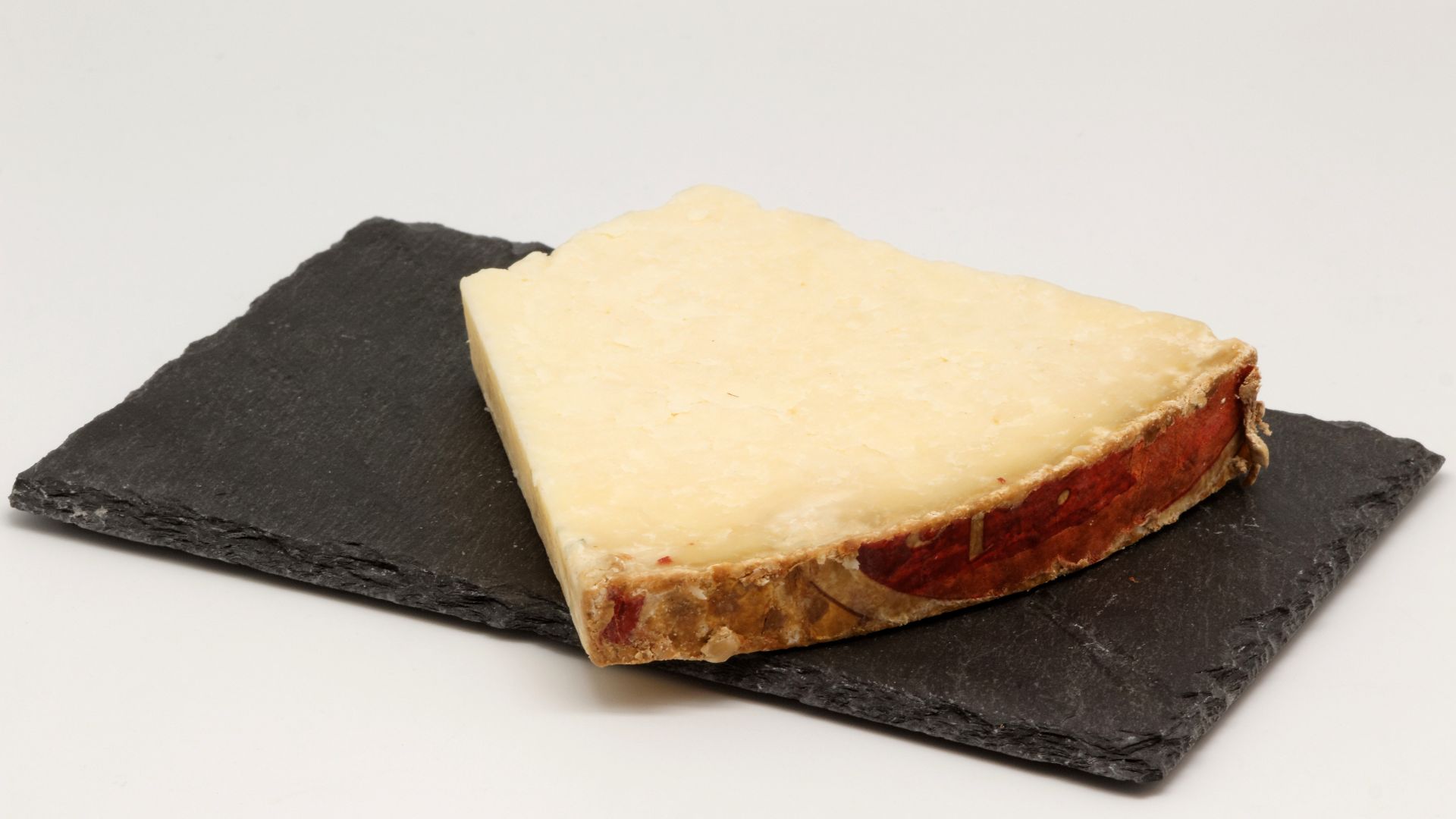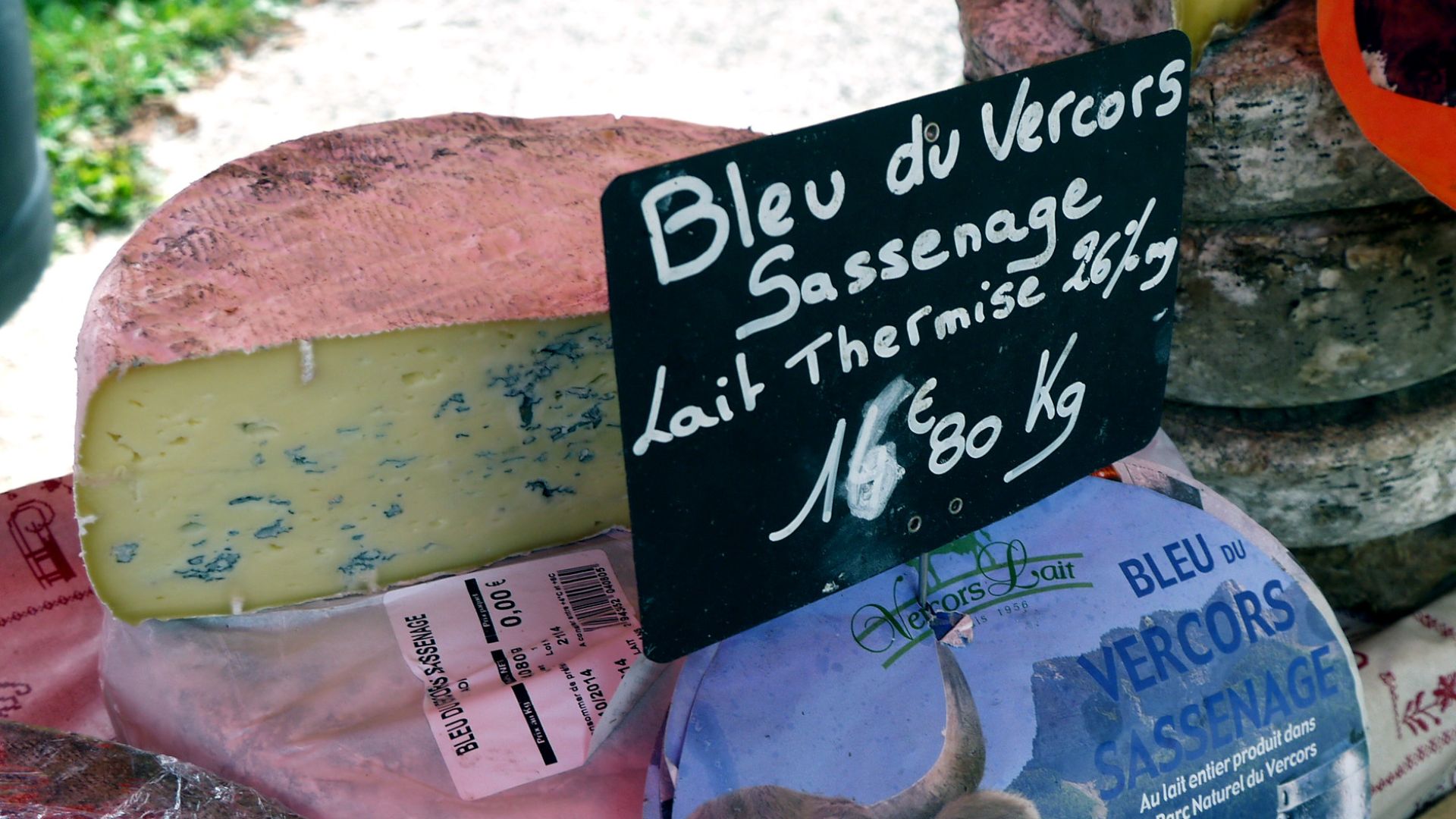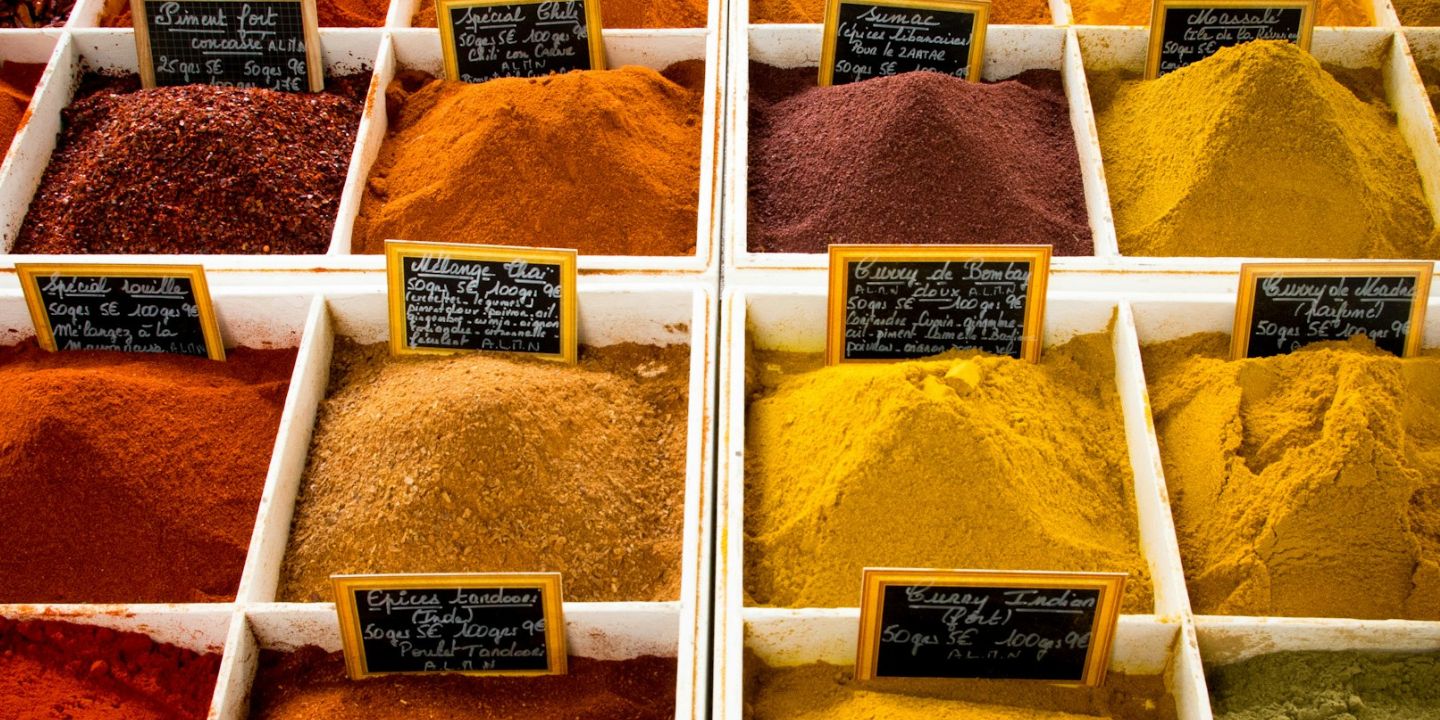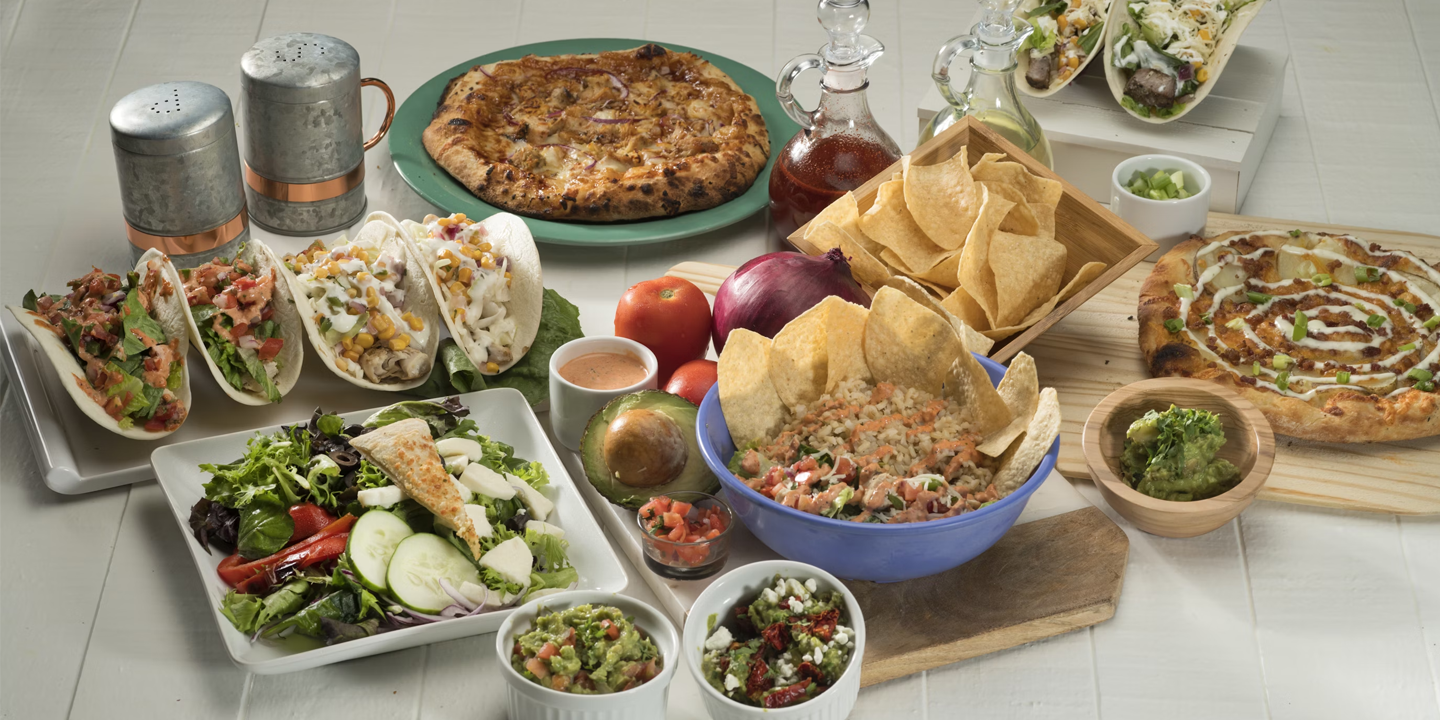Beyond Brie and Camembert
There’s something about French cheese that makes us feel like we’re tasting something immemorial. Everyone knows the usual suspects: Brie, Camembert, maybe a whiff of Roquefort if we’re feeling brave. And yet, the true pleasure of France’s cheese culture lives in the lesser-known wheels hiding in mountain caves or resting on straw mats in some quiet village dairy. It’s these complex, regional productions that really demonstrate the richness of France’s centuries-long cheese obsession. Here are 20 delicious French cheeses you’ve likely never heard of, let alone sampled.
1. Saint-Nectaire
Saint-Nectaire comes from the Auvergne region, where cows graze on volcanic pastures. The result is a nutty, earthy flavor with a faint whiff of the barn in the best possible way. The cheese itself is soft and just a little bit sticky. Locals claim it tastes different depending on which slope the cows grazed.
2. Ossau-Iraty
This Basque and Béarn treasure is made from sheep’s milk, giving it a pleasant firmness and a touch of sweetness. You can almost taste the mountain grass in each bite. It’s often paired with black cherry jam, making it an incredibly decadent breakfast meal.
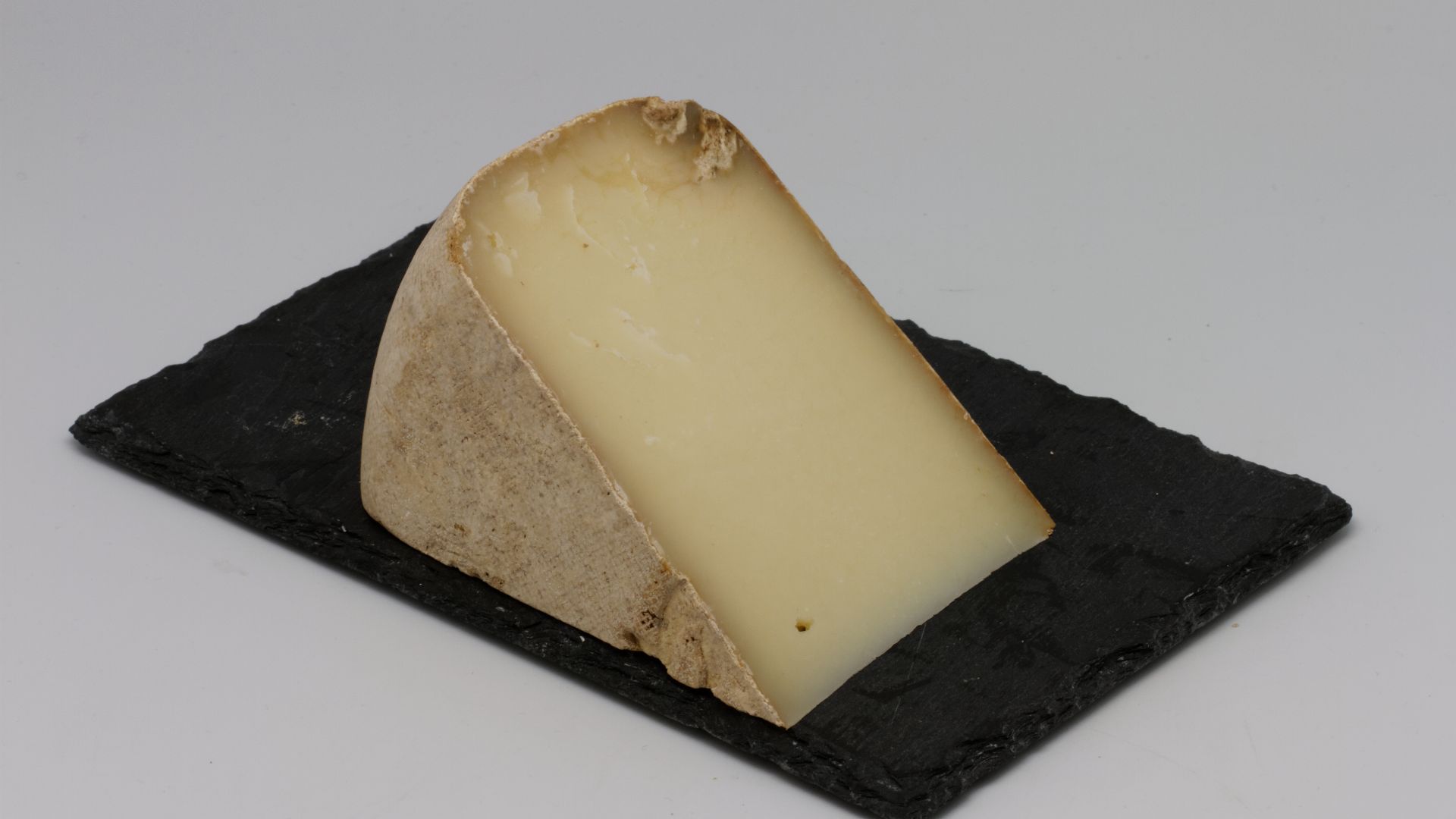 Pierre-Yves Beaudouin on Wikimedia
Pierre-Yves Beaudouin on Wikimedia
3. Salers
Imagine a giant wheel of cheese aged in stone barns high in the mountains. That’s Salers. It’s only produced during the summer months when cows feed on fresh grass. Farmers still use traditional wooden vats called gerles during fermentation. It’s rich, crumbly, and a little salty.
4. Abondance
This cheese from Haute-Savoie in the French Alps has a supple texture that melts beautifully on potatoes or toast. The aroma is that of roasted nuts and butter. Its flavor strikes a perfect balance between fruity sweetness and a faint tang.
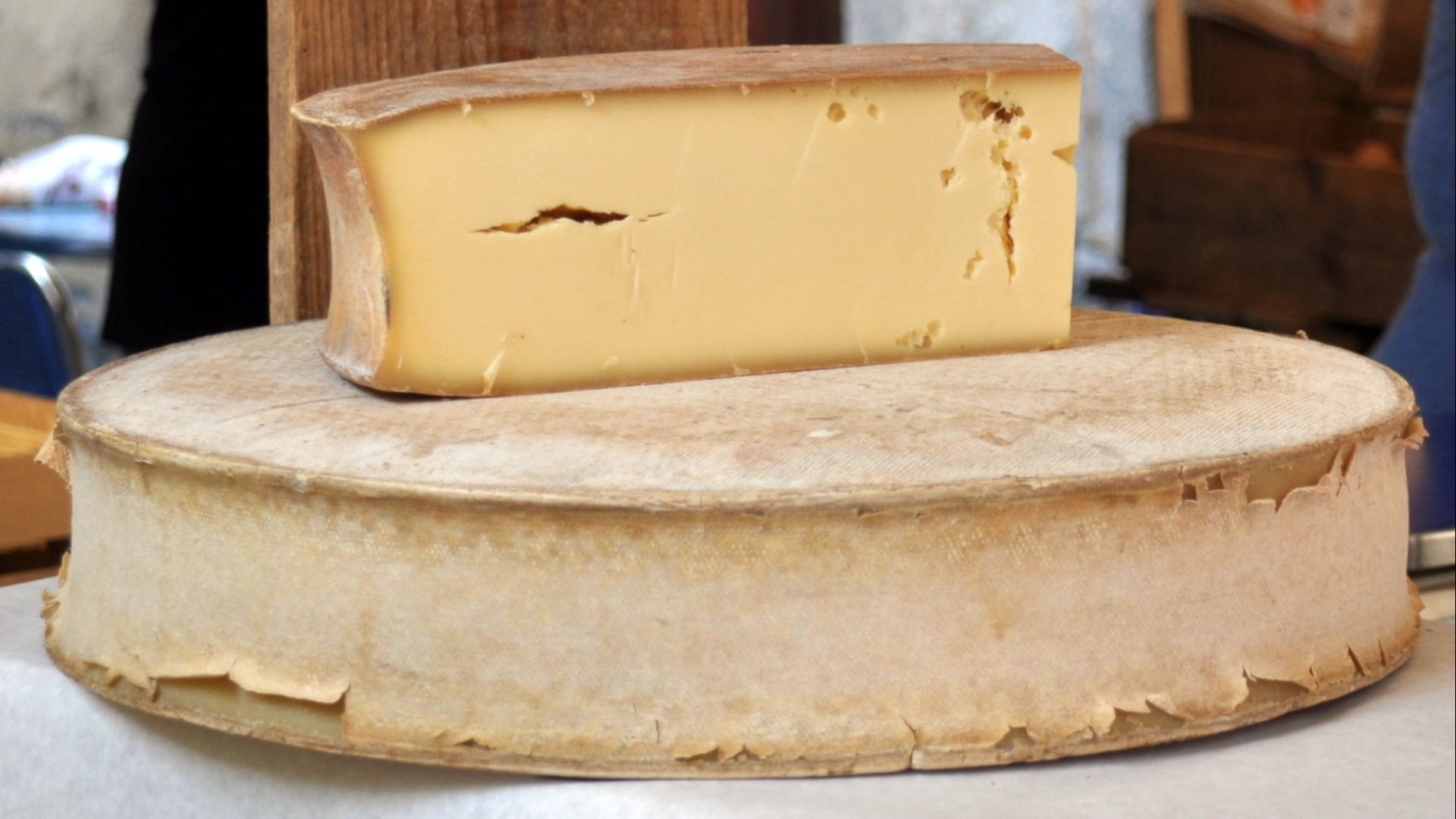 Frédérique Voisin-Demery from Grenoble, France on Wikimedia
Frédérique Voisin-Demery from Grenoble, France on Wikimedia
5. Soumaintrain
A cousin of Époisses, this cheese is gloriously pungent and not for the faint of nose. It’s washed in brine and sometimes Marc de Bourgogne, giving it a savory depth. The texture oozes when warm and is perfect for bread dunking.
6. Langres
This tiny, wrinkled cheese hails from Champagne. The top craters inward, and tradition says this is so you can pour Champagne on the top right before serving. The result is luxurious chaos. The end result is funky, creamy, and effervescent with champagne sparkles.
7. Valençay
This goat cheese is shaped like a truncated pyramid. Legend says Napoleon lopped off its peak with his sword after a bad campaign in Egypt. Whether true or not, the story fits. It’s coated in ash, and the taste is tangy with lemony notes.
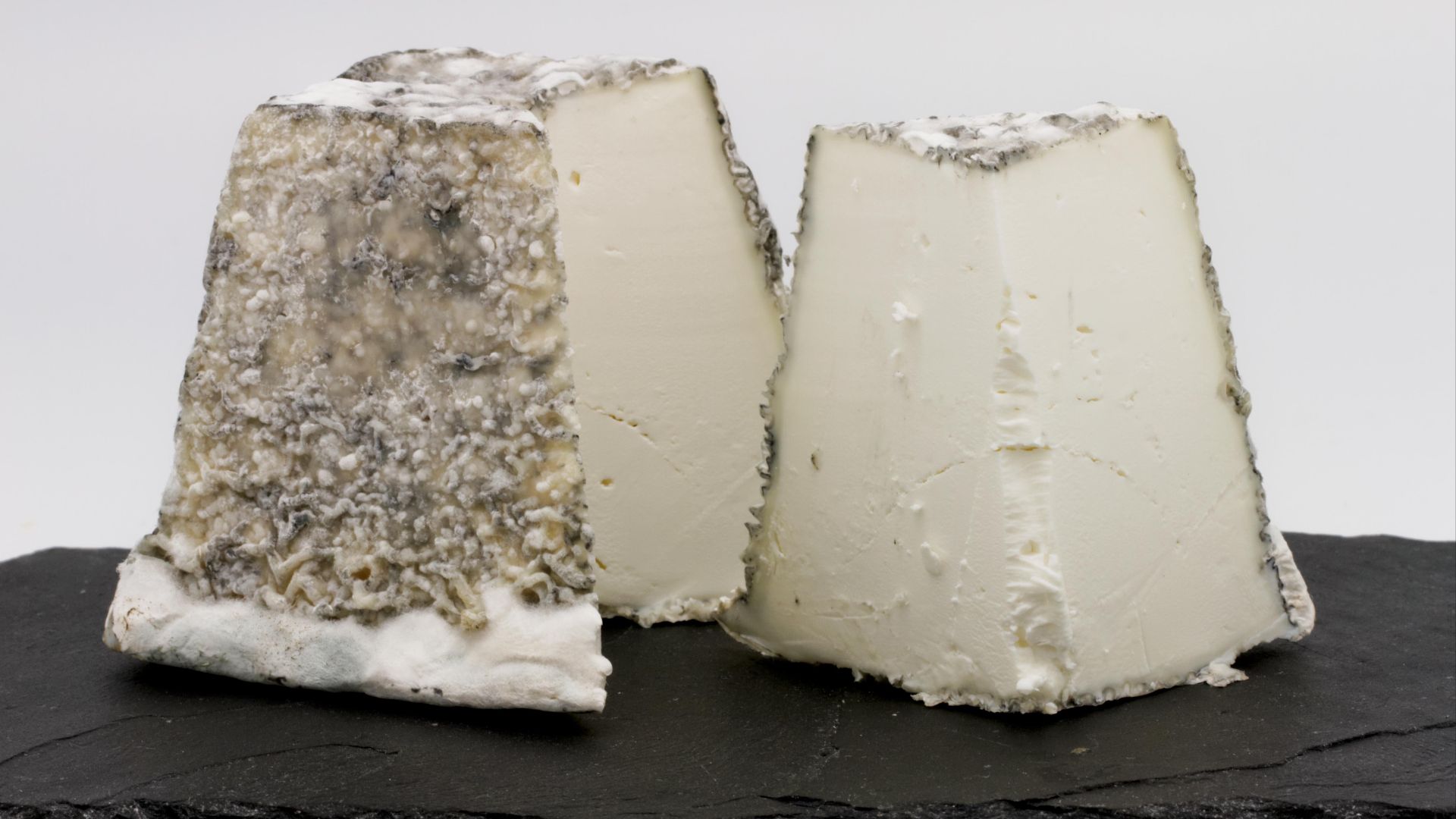 Pierre-Yves Beaudouin on Wikimedia
Pierre-Yves Beaudouin on Wikimedia
8. Bleu des Causses
Often mistaken for Roquefort, and rightly so. It’s made from cow’s milk instead of sheep’s and is aged in the same limestone caves. This variety is milder, creamier, and slightly less salty, with veins of blue mold crisscrossing the cheese like veins. It pairs excellently with honey, but you can also just eat it by the spoonful.
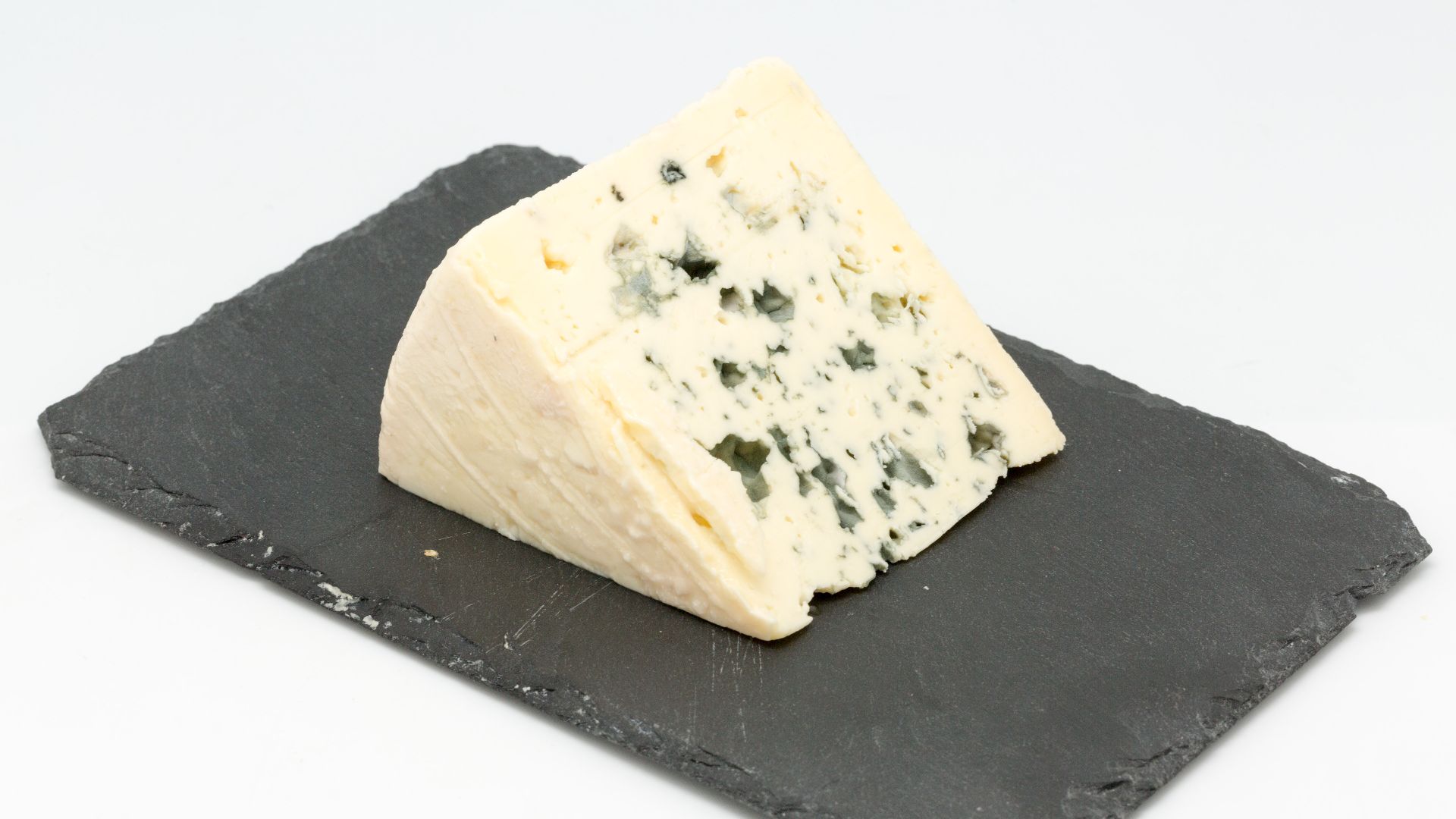 Pierre-Yves Beaudouin on Wikimedia
Pierre-Yves Beaudouin on Wikimedia
9. Chabichou du Poitou
This classic hails from western France. It’s small, cylindrical, and coated in a thin ivory rind. The cheese itself is firm but creamy, tangy yet mellow. Locals sometimes say it smells like a field after rain. They’re not taking poetic license; it actually kind of does.
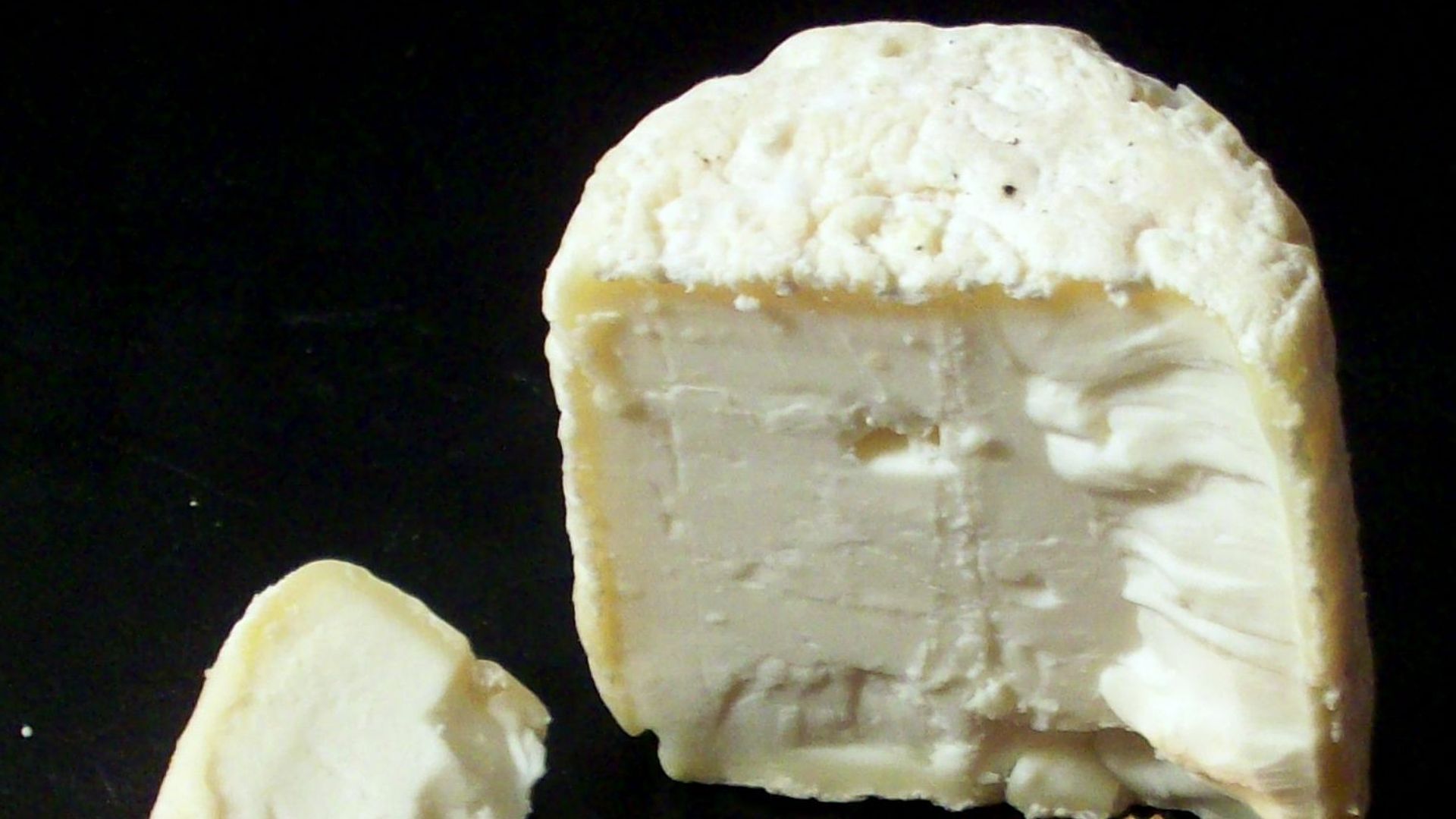 Grammarstickler en on Wikimedia
Grammarstickler en on Wikimedia
10. Fourme d’Ambert
This may be a blue cheese, but you can eat it without feeling your palate overwhelmed by the pungent mold. The wheel itself is tall and cylindrical and dates back to Roman times. It melts easily, especially over steak or roasted pears.
11. Tomme de Savoie
This mountain cheese is humble in appearance with a dusty gray rind, but the taste is surprisingly nuanced. It’s semi-soft, nutty, and faintly fruity. It’s the kind of cheese you return to the fridge for half a dozen times in the course of an afternoon.
12. Banon
This goat cheese is wrapped in chestnut leaves and tied with raffia. When unwrapped, it releases an aroma that’s faintly woodsy and slightly alcoholic. The leaves keep the cheese moist and give it an earthy flavor, like a forest picnic in Provence.
13. Mimolette
This one’s bright orange and almost cartoonishly spherical. The rind is pitted like the surface of the moon, because cheese mites actually sculpt it during the aging process. The taste is sharp and caramelized.
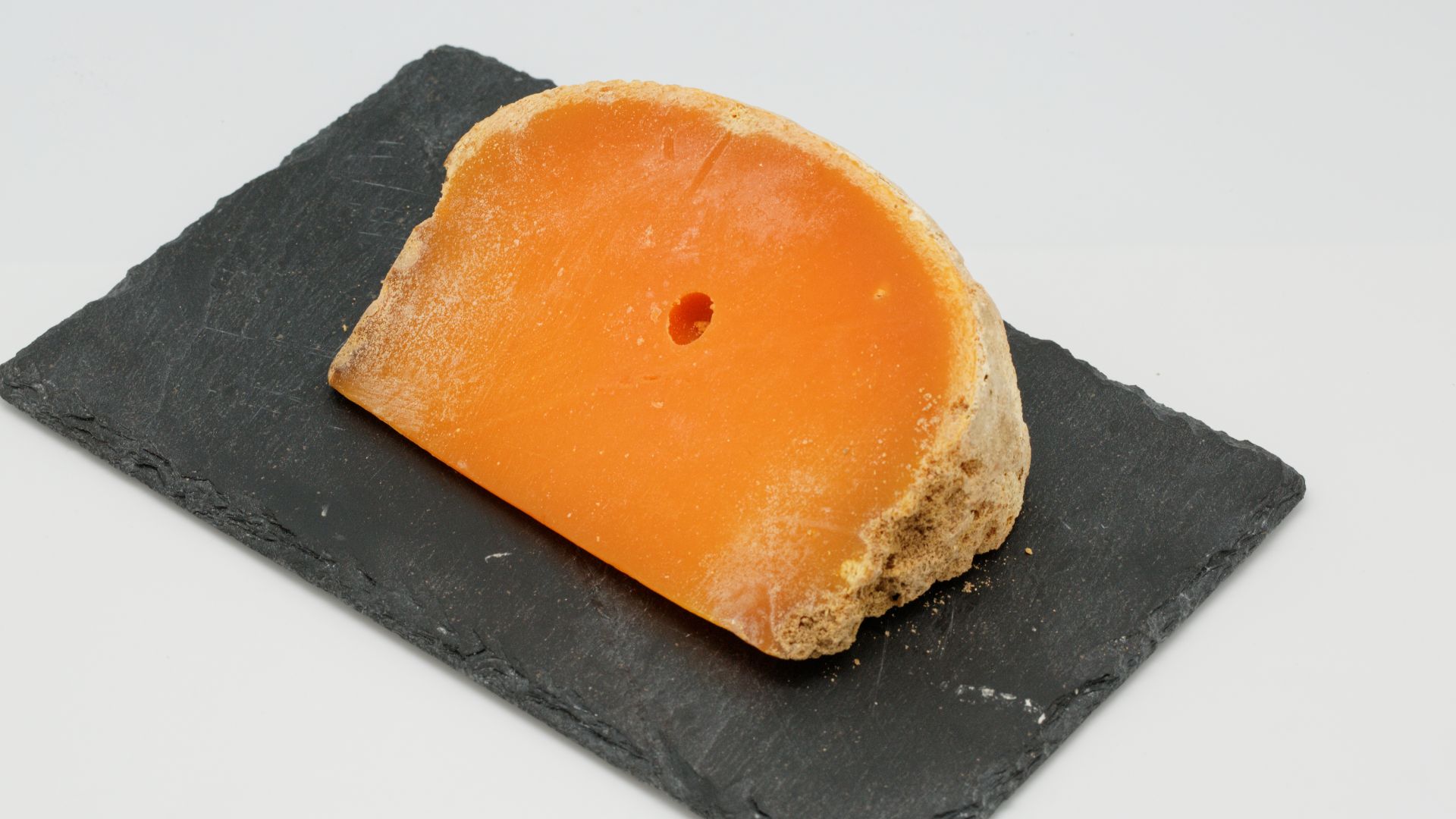 Pierre-Yves Beaudouin on Wikimedia
Pierre-Yves Beaudouin on Wikimedia
14. Brocciu
This Corsican wonder is made from whey from either sheep or goats. It’s light, fluffy, and a little sweet. Locals bake it into pastries or drizzle it with honey. Although technically a fresh cheese, it tastes more like a dessert.
15. Cantal
Each wheel of this ancient cheese can weigh over 80 pounds. The taste is sharp when young and bold and crumbly when aged. It’s said that this cheese inspired English cheddar-making. Some describe it as buttery; others say grassy.
16. Pélardon
This tiny goat cheese is produced up in the Cévennes mountains. It ripens fast, within less than a month, going from soft and lemony to dense and spicy. Locals fry it in olive oil and eat it over salad, which feels absurdly indulgent for lunch but is entirely acceptable in southern France.
17. Saint-Marcellin
Originally produced from goat’s milk, this cheese is now mostly cow’s milk. It’s sold in little ceramic crocks because it’s too delicate to handle. When it ripens, it turns gooey and luxurious and is the sort of cheese you have to spread with a spoon.
18. Laguiole
This cheese is produced by Aubrac cows that graze on the volcanic plateau of southern France. The result is a firm, golden cheese with flavors of hay, butter, and a hint of hazelnut. The locals use it in aligot, that hypnotically stretchy mashed potato dish.
19. Bleu du Vercors-Sassenage
This cheese is so regional that it’s actually under special European certification, and few outside France have tasted it. With its creamy blue veins and gentle saltiness, it’s one of those cheeses that quietly wins you over.
20. Boulette d’Avesnes
Boulette d’Avesnes is shaped like a cone, rolled in paprika or chili, and carries a funky aroma that’s difficult to describe. It’s made from leftover Maroilles curds, and is the sort of cheese you preface with a warning before serving to your guests.
KEEP ON READING
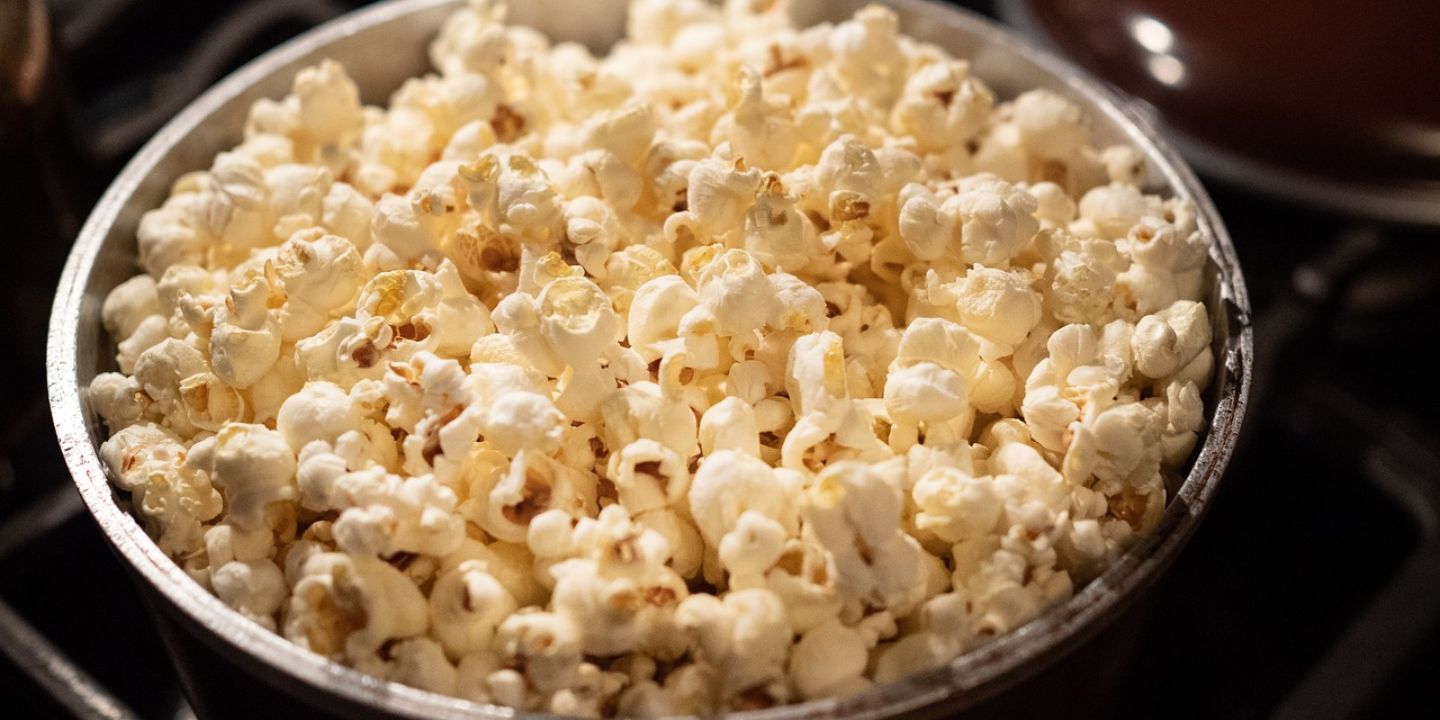
20 Foods With Shocking Origins You'd Never Believe

No Oven No Problem: 20 Impressive No-Bake Desserts
